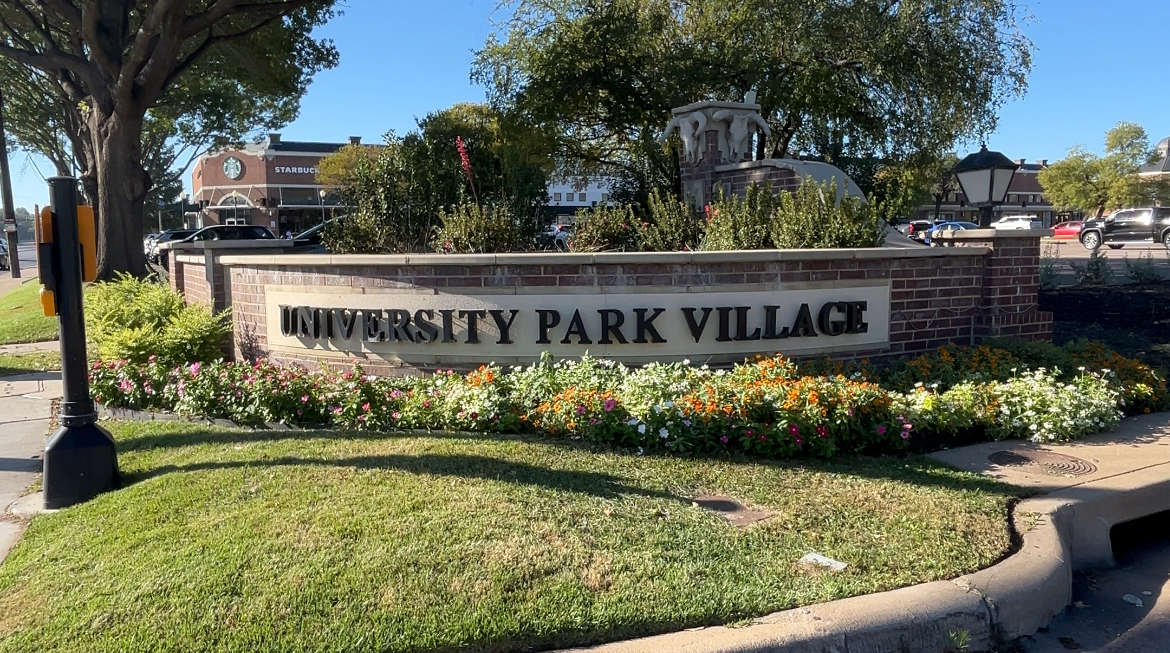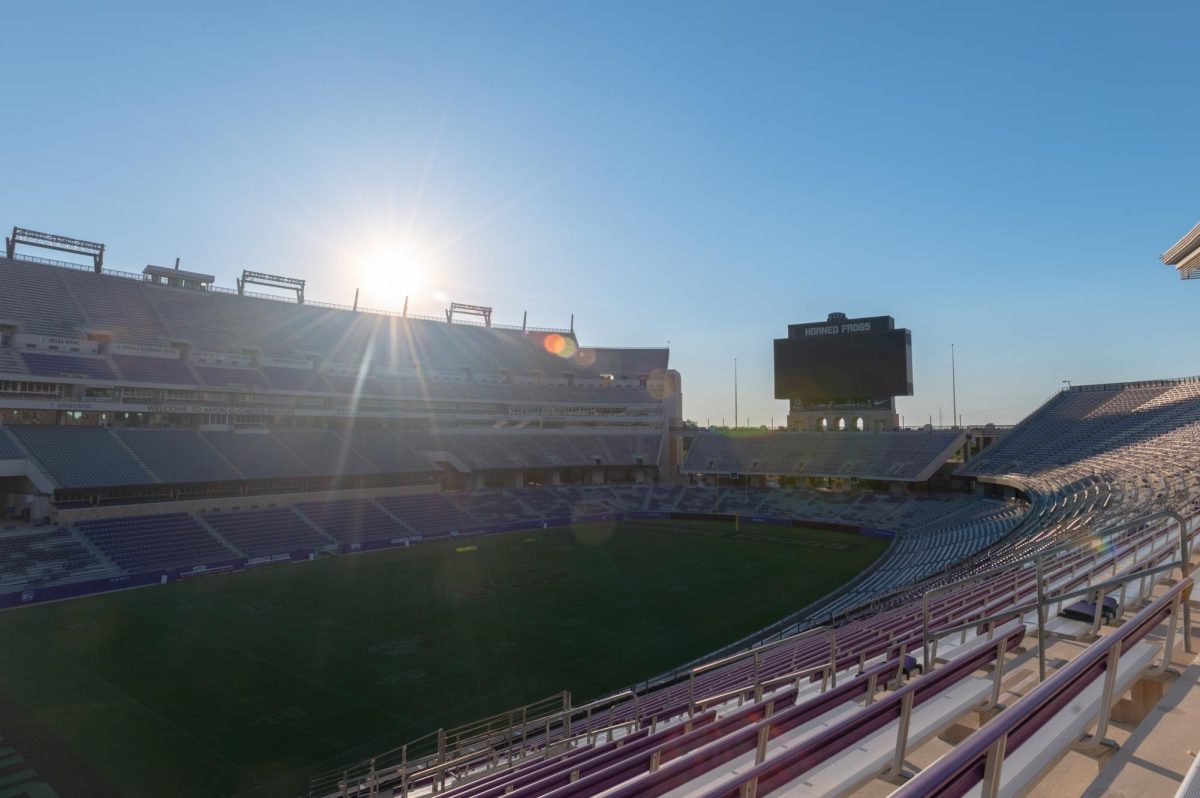Support for Gov. Rick Perry increased in each of the eight voting precincts in the 109 in last week’s election, with 109ers handing the Republican governor an even bigger margin of victory than he won in Tarrant County.
Voters in the 109 voted for Perry in both 2006 and 2010, but support for the Republican governor increased in every voting precinct in this election.
Precinct 4163 (Congregation Ahavath Sholom) made the biggest jump in total voters landing on the Republican side, going from nearly 41 percent in 2006 to 62 percent in 2010. In the same precinct, support for a Democratic candidate rose from 29 percent to 35 percent.
Keith Annis, executive director of the Tarrant County Democrat Party, said the increase in conservative votes was brought on, in large part, by the political climate in Washington, D.C. He said enthusiasm among Texas Republicans was stronger this year because many were voting “against Washington” and against policy choices made President Barack Obama.
The relative economic stability in North Texas also played a part in voter apathy, Annis said, because revenue streams from sources like the Barnett Shale have insulated many people from “immediate hardships.” Without financial woes to drive people to vote for change, many Fort Worth residents did not appear at the polls on Election Day.
Stephanie Klick, Tarrant County Republican Party chair, said the positive regulatory environment in Texas has also helped the state do well economically and avoid “going into the red” like other states. She said Tarrant County has perhaps fared better than its neighbor to the east, Dallas County.
Enthusiasm and economic trends both factored into voters’ decisions Nov. 2, but Klick said the shift toward Republican support really began during the primary elections. She agreed with Annis that, this year, voters had in mind national political trends under the Obama administration.
“Nearly 30 percent of the people that voted in our primary had not voted in a primary before, of either party,” Klick said.
Although Annis referred to some conservative politics as “extreme anti-Washington rhetoric,” Klick said citizens were responding to federal spending like the Obama healthcare bill. He said the “fairly conservative” political stances in the 109 characterized national demographic trends in voting.
“If you look at the country as a whole, you’ll see that people tend to live in the same areas as other people who have similar sort(s) of political ideologies,” Annis said.
Party affiliations aside, Klick said Republican voter turnout this season was slightly higher than what is usual for mid-term elections. In the 109, no precinct reported a change of more than roughly four percentage points in poll attendance, but in, Precinct 1435 (McLean 6th Grade), voter turnout dropped from 2006 to 2010.
Residents didn’t show up in greater numbers Nov. 2 — they showed up in support of the Republican candidate. In six of eight precincts, the increase in Republican votes was more than double the increase in Democratic votes.
When compared with total election results from Tarrant County, residents of the 109 were above average in percent of Republican votes and below average in percent of Democrat votes in 2006 and 2010.
In 2006, Perry won the county with roughly 40 percent of the votes, but area voters averaged 44 percent in favor of the incumbent. This year, the story was the same, with different figures: Perry took Tarrant County with 56 percent, but the 109 put him closer to 62 percent.
Both races, in 2006 and 2010, saw Perry win the county by nine percentage points and 15 percentage points, respectively. Voters in the 109 put Perry ahead by a larger margin with the Republican leading by 15 percentage points in 2006 and 26 percentage points in 2010.
Looking forward: Texas 2010-2014
Although Texas hasn’t seen as severe an economic downfall as other states have, the state budget deficit still hovers around $18 billion and legislators will be tasked with finding a solution to this financial situation.
Residents all over Fort Worth could start to see greater cuts in public services, Annis said. This means funding for assistance for first responders and money for Texas classrooms could be cut in attempts to close the budget gap. Any change would not be immediate, he said.
“The question is, ‘How does that budget deficit get balanced?’ and the residents of 76109, just like the residents of every other ZIP code in the state, should fully expect to have that balanced by cutting services,” Annis said.
Klick did not make specific mention of potential funding cuts for these types of services, but said Republican leaders in Texas would likely produce a “lean” budget in the future. In addition, legislators would look to consolidate state agencies and limit increases of taxes and fees, she said.
As a resident of nearby 76110, Annis said budget cuts in any form would affect his life and the lives of those who live near him. If money allotted for public services becomes unavailable, residents can expect that roads will not be repaired as quickly and that emergency response times could be slower than preferable, Annis said.
“Some of these things will happen in my neighborhood, some of the supports that some of the folks within my neighborhoods will start to have, will start to be gone,” he said.
Annis said he would not speculate about the next race for Texas governor, but instead said that doing so would be about as successful as predicting the next Super Bowl: It could be anyone’s game.



